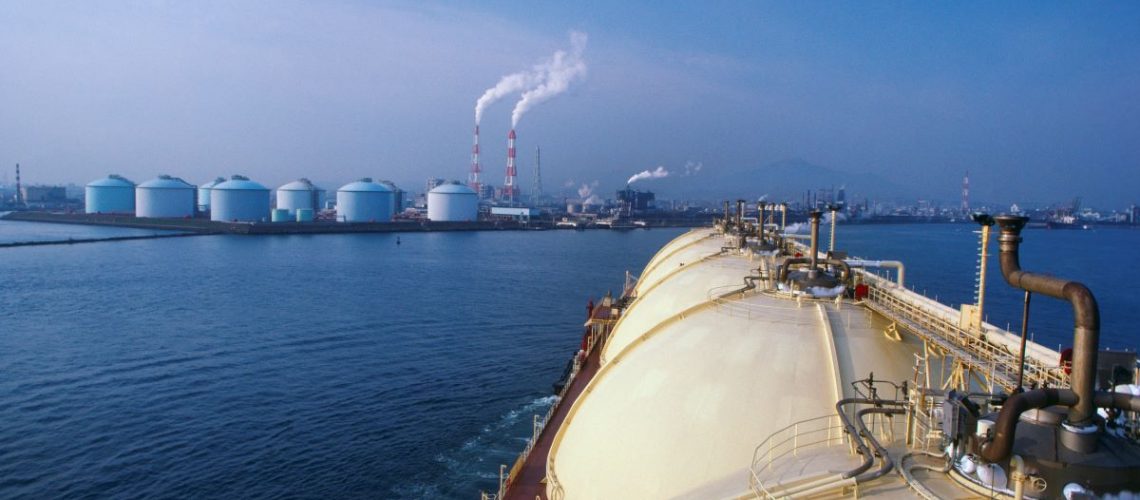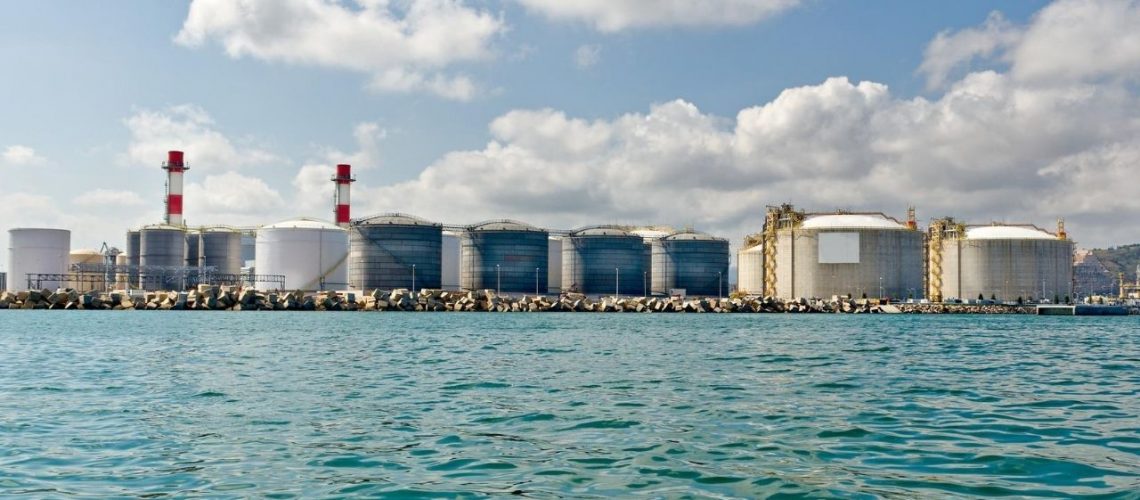The rising influence of four commodity trading houses is shaking up the global LNG market.
Within just a few years, Trafigura, Vitol, Glencore and Gunvor – some of the most influential traders in the oil market – have played a part in transforming waterborne LNG trade. Changes in the market, such as growing flexible supply, short term shipping availability and buyer fragmentation have facilitated their rise. Allowing the players to move from exchanging the occasional spot cargo to controlling nearly 10% of worldwide trade.
What’s their secret? High risk tolerance, ability to execute trades quickly and experience from other commodities.
These traders initially established their business in emerging markets where other companies, like NOCs or integrated majors, are shy to do business. Between 2015-2017, the trading firms built short positions in some of the industry’s key new markets: Egypt, Pakistan, Bangladesh and Argentina. The fact that they already had established commodity trading relationships in these markets meant they could get comfortable with the higher risk of sales.
Appetite for LNG hedging instruments
The competition introduced by these traders is bringing perks for buyers too, such as lower selling prices. Their savviness and experience in deal structuring and financial hedging in other commodity markets means they have been able to buy and sell LNG at better prices and grow market share.
This has helped to improve liquidity and introduced new intricacy and complexity in the LNG market. Trader appetite for additional hedging instruments has benefited the exchanges, too. Trade for futures and swaps has recently quadrupled as the physical market evolves.
Vitol and Trafigura secure long-term US LNG supply
With their market positions established, these companies are increasingly taking longer-term positions. Vitol and Trafigura committed to purchase large volumes of US LNG in 2018. Vitol contracted for supply from Cheniere and Tellurian, while Trafigura linked up with Cheniere and Freeport. Both brought new complexity to the traditional US Henry Hub-linked deals at a flat fee. Vitol’s deal with Driftwood is linked to JKM swaps. The agreements with Cheniere are believed to change under different price scenarios, while still tied to Henry Hub futures.
The changes give suppliers the chance to mitigate risk, while still gaining access to market upside. And as traders have recently won contracts from legacy suppliers like ADGAS, Sonatrach and Angola LNG, other sellers are gaining improved optionality in what is perceived to be a buyers’ market.
Learn more at Gastech 2019
Could these agreements turn into more structured trading partnerships in the future? And how could the current landscape change?
Please join Giles Farrer in Houston on 19 September at Gastech as I explore these topics in the LNG Trade Dynamics panel from 9:30-10:45am.
Gastech delegates: reserve your limited edition LNG wall map by filling in the form on this page. We'll have it ready for you at booth #G350.



